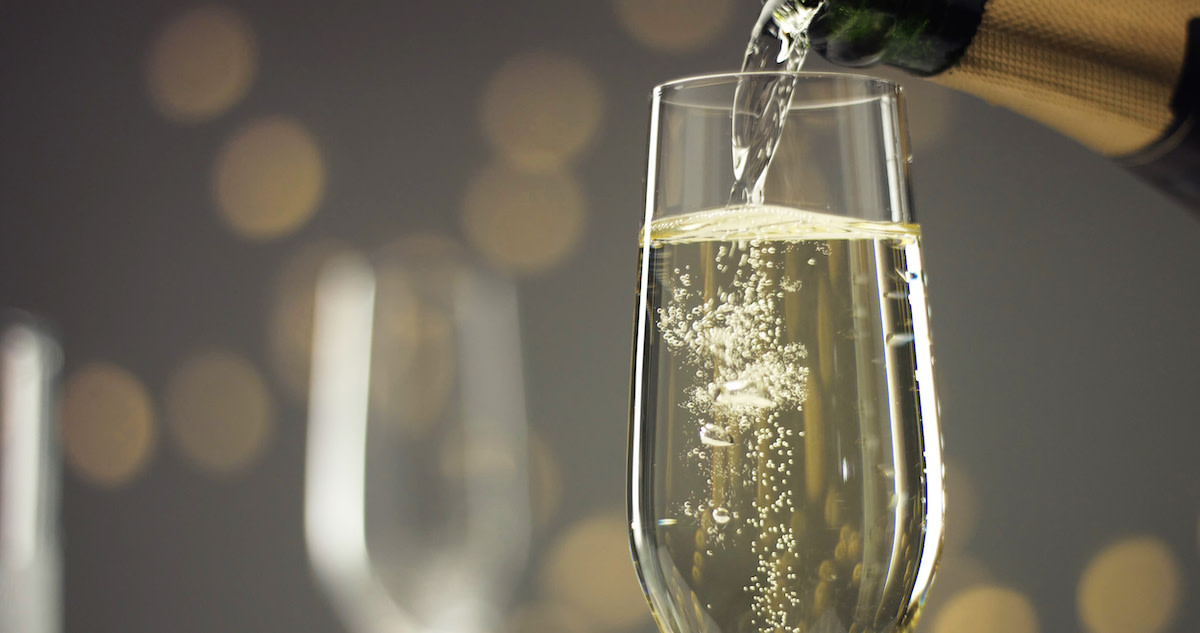The Complete Guide to Cava, Spain’s Sparkling Wine
Written by MasterClass
Last updated: Sep 29, 2021 • 4 min read
Looking for all the fizz of Champagne without the high price? Try Cava, the white or rosé sparkler that’s made like Champagne from unique Spanish grapes.
Learn From the Best
What Is Cava?
Cava is the popular sparkling wine of Spain, and one of Spain’s most famous wines. The name cava comes from the Spanish word for “cave,” referring to the cellars where the wines age. Spanish sparkling wine was called champán or champaña until the 1970s when Spanish winemakers renamed their wine cava to avoid the ire of French Champagne producers. To be called Cava, the wine must come from the Cava Denominación de Origen (DO) area and must be carbonated with a secondary fermentation in bottle, among other appellation rules.
The Characteristics of Cava
- Cava is made in white and rosado/rosé styles.
- It can be bone dry (brut nature) or have dosage up to a dolç (very sweet) level, although most Caves are brut.
- Cava has fine bubbles similar to Champagne because it is made in the traditional method (aka méthode champenoise).
- Most Cava is non-vintage, which means that it is a blend of wines from different vintages.
Where Is Cava Made?
The vast majority of Cava comes from the Penedès wine region in Catalonia, in northeast Spain near Barcelona. The Cava DO is not contiguous: While 95% of Cava comes from Penedès, there are also areas in Aragón, Euskadi, Extremadura, La Rioja, Navarra, and València that are authorized to make Cava wine.
Most Cava production is centered around the town of Sant Sadurní d’Anoia, where the first Cava was made by José Raventós in 1872. He was inspired by a trip to France, and brought Champagne-style winemaking to Spain. The winery Raventós headed, Codorníu, along with Freixenet and Juvé y Camps, dominate Cava production to this day.
What Grapes Make Cava?
Although single varietal examples exist, Cava is most often made from a blend of grapes, each of which brings its own character to the wine. The traditional white grapes of Cava production are:
- Macabeu (also called macabeo or viura). This grape is easy to grow in Spain’s climate and resistant to oxidation. It adds body and is relatively neutral in flavor.
- Xarel·lo. This grape adds acidity, earthiness, and a lime blossom aroma.
- Parellada. This grape has green apple and citrus notes.
Subirat, the local name for malvasia, is sometimes used to give extra perfume to the wine. The French grape varieties pinot noir and chardonnay are not traditional, but they are allowed in Cava DO wines.
Rosado styles of Cava are made from the red grapes garnacha, monastrell, pinot noir, and/or trepat (a Catalan variety).
How Is Cava Produced?
Cava is produced via the método tradicional, which is known as the méthode champenoise in Champagne, where it originated. In the método tradicional, yeast and sugar are combined with a still base wine in bottles. A second fermentation occurs in the bottle, trapping carbon dioxide in the wine, resulting in a bubbly beverage.
The yeast that are the catalyst for this fermentation fall to the bottom of the bottle, becoming lees that give the wine rich brioche notes as it ages. Cava must age in the bottle on its lees for at least 9 months, with longer aging requirement for Cava Reserva (15 months) and Cava Gran Reserva (30 months) bottlings.
The Different Styles of Cava
Cava is labeled according to the amount of sweetness added to the wine at bottling, in terms of grams per liter of sugar. Most Cava is brut or extra brut.
- Brut Nature: 0-3 grams per liter
- Extra Brut: 0-6 g/l
- Brut: 0-12 g/l
- Extra Seco (Extra Dry): 12-17 g/l
- Seco (Dry): 17-32 g/l
- Semi-Seco (Semi-Dry): 32-50 g/l
- Dolç/dulce (Sweet): 50+ g/l
What Is the Difference Between Cava, Prosecco, and Champagne?
Cava shares more in common with Champagne than with other sparkling wines like Prosecco or Moscato, which are not made in the traditional method. The main difference between Champagne and Cava is the grapes they are made from. Champagne can be made from seven approved grapes, the most common of which are chardonnay, pinot noir, and pinot meunier. While Cava can be made from pinot noir and chardonnay, most Cava will be made from a blend of macabeu, xarel·lo, and parellada, which results in a wine that is slightly fruitier and earthier than Champagne.
Prosecco is closer to Cava in terms of price, but the similarities end there. The Italian sparkling wine is made from the glera grape and carbonated through the Charmat (tank) method, which results in a fresh, fruity wine that does not have the complexity or toastiness that Cava gets from bottle aging on the lees. Prosecco has softer carbonation and is often sweeter than most Cavas.
Want to Learn More About Wine?
Whether you’re just starting to appreciate the difference between a pinot gris and pinot grigio or you’re an expert at wine pairings, the fine art of wine appreciation requires extensive knowledge and a keen interest in how wine is made. No one knows this better than James Suckling, who has tasted more than 200,000 wines over the past 40 years. In James Suckling’s MasterClass on wine appreciation, one of the world’s most prominent wine critics reveals the best ways to choose, order, and pair wines with confidence.
Want to learn more about the culinary arts? The MasterClass Annual Membership provides exclusive video lessons from master chefs and wine critics, including James Suckling, Chef Thomas Keller, Gordon Ramsay, Massimo Bottura, and more.
